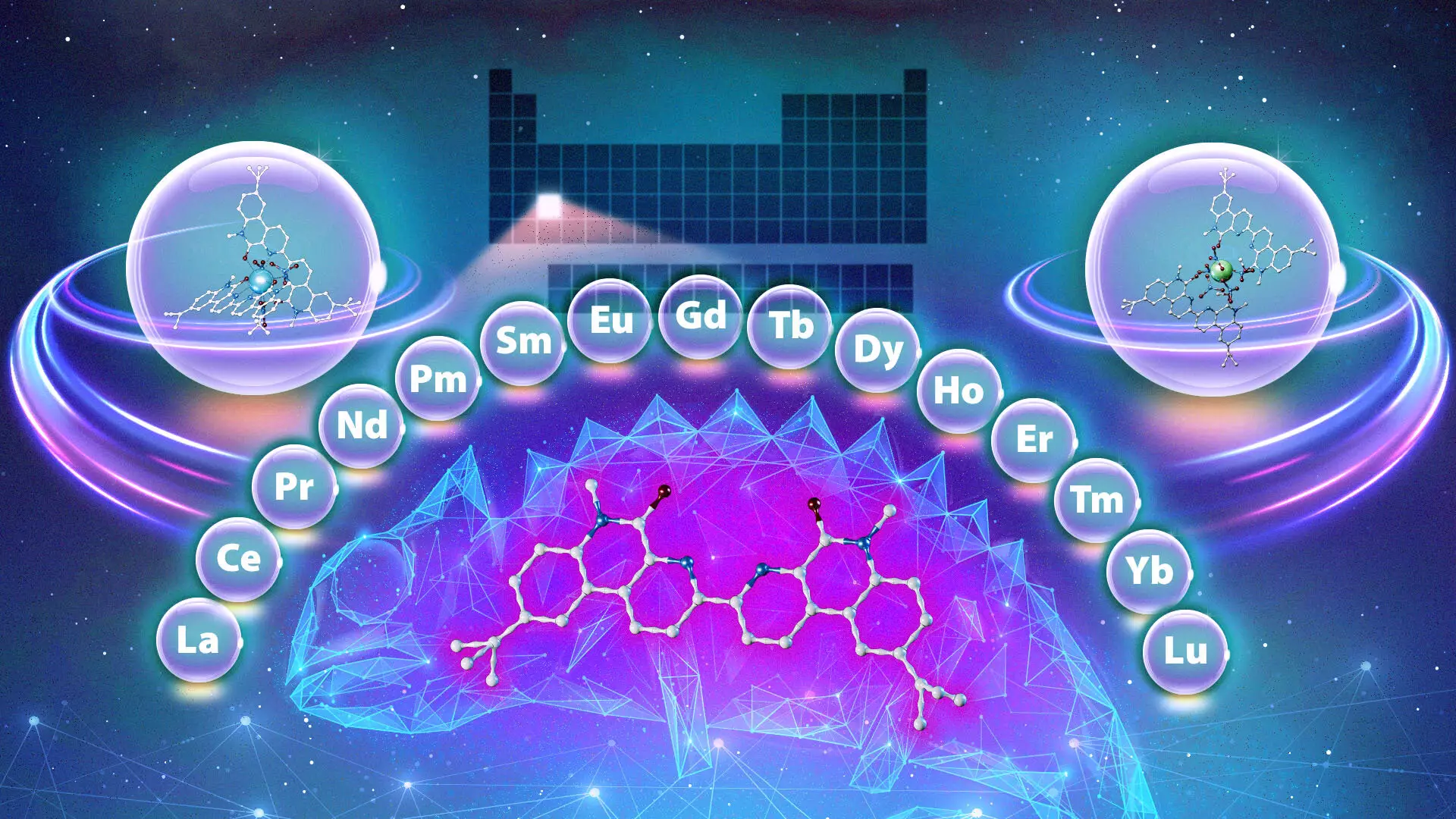The extraction and purification of rare-earth metals, particularly the lanthanides, have long posed a substantial challenge for scientists and industries alike. These critical metals are integral to numerous applications, including clean energy technologies, medical imaging, and defense systems. In a groundbreaking study by researchers at the Oak Ridge National Laboratory (ORNL) in collaboration with Vanderbilt University, a novel chemical compound—aptly dubbed the “chameleon” ligand—has emerged as a potential game-changer in simplifying the purification process. This article will explore the significance of this discovery, the hurdles faced in rare-earth extraction, and the innovative implications of this new ligand.
Understanding Rare-Earth Metals
While referred to as “rare-earth” metals, lanthanides are not scarce in nature. In fact, they can be found in mineral ore deposits abundantly, comparable to more commonly known metals like copper and lead. The term “rare” stems from the complexities and technical difficulties in their extraction and purification. There are 15 lanthanides along with other elements that fall under the broader category of rare-earth metals, and their remarkable properties play a crucial role in a wide variety of technologies. However, the high degree of similarity in their chemical properties makes it challenging to isolate them for practical uses.
The processing of lanthanides typically involves separating them from a mixture—a task that requires a sophisticated understanding of chemistry. A substantial barrier to accessing these metals lies in the very slim differences between lanthanide ions, which makes the separation process intricate and requires advanced separation techniques.
The Existing Separation Techniques
Chemical separation techniques have been employed historically to isolate lanthanides through the use of ligands—chemical compounds that interact preferentially with specific metals. During the separation process, these ligands are introduced into a solution containing the lanthanide mixture and an organic solvent. The two phases—organic and aqueous—do not mix, allowing for a natural separation of components.
Currently, industrial processes involve multiple stages of separation, often requiring time-intensive and financially draining procedures. These methods generally necessitate stringent environmental controls, as they can produce considerable waste that may not align with modern sustainability goals. As such, researchers have been on a quest to discover more efficient and eco-friendly separation methods.
In this recent study, the ORNL researchers investigated pre-existing ligands, only to stumble upon something extraordinary: a ligand that exhibits adaptability similar to a chameleon. Its behavior in the extraction process changes based on environmental variables, such as acidity levels and interaction duration. This ligand not only displays versatility in its binding preferences—selectively attaching itself to various lanthanides—but does so in a manner that deviates from traditional ligands.
For instance, under more acidic conditions, the chameleon ligand shows a preference for heavier lanthanides. This behavior contrasts sharply with conventional ligands, which typically prefer either heavier or lighter lanthanides consistently. The findings suggest that this newly discovered ligand can be utilized for different separation processes, effectively reducing the steps necessary for purification. Thus, it offers the promise of a more efficient extraction methodology with potentially lower environmental impacts.
The implications of this discovery extend far beyond mere laboratory findings. The ability to separate multiple lanthanides using a single compound could herald a new era of efficiency in the extraction process. Further research on this versatile ligand will likely shed light on its detailed mechanisms and improve our understanding of other ligands, potentially leading to the design of additional compounds with similar chameleonic properties.
As the demand for rare-earth metals continues to grow, fueled by advancements in technology and renewable energy, optimizing extraction processes becomes ever more critical. This investigation not only reflects the innovative spirit characterizing modern chemistry but underscores an essential movement towards sustainable practices in the mining and utilization of natural resources.
The announcement of the chameleon ligand opens up a vast field of possibilities for the future of rare-earth metal extraction. It challenges the assumptions that have long governed our approach to dealing with lanthanides and inspires renewed hope for more effective and environmentally friendly processing methods. As the scientific community delves deeper into this discovery, the potential for increased accessibility and sustainability of critical materials could redefine the future landscape of technology, healthcare, and national security.


Leave a Reply